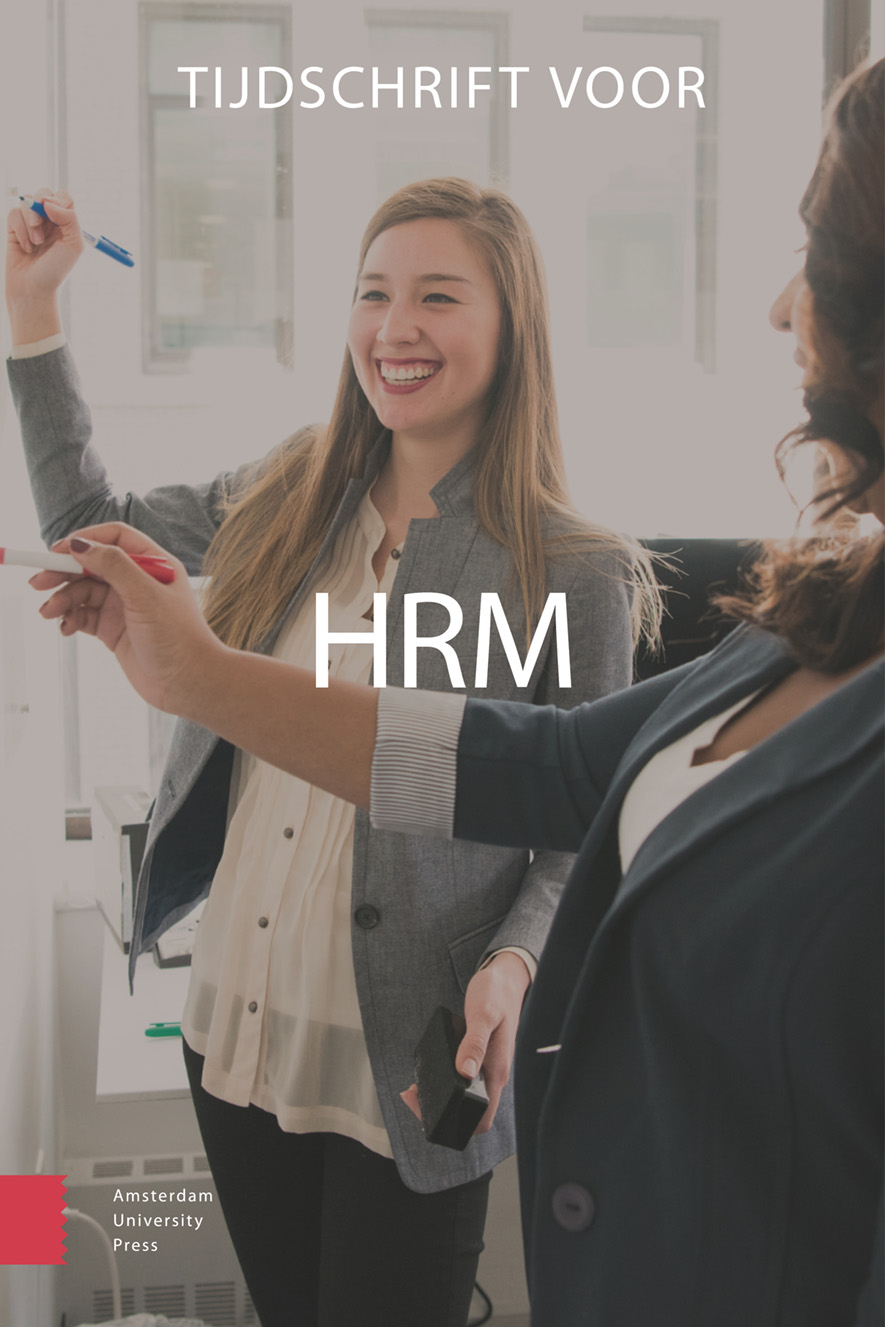-
oa De toekomst van werk
Uiteenlopende denkbeelden
- Amsterdam University Press
- Source: Tijdschrift voor HRM, Volume 27, Issue 1, Mar 2024, p. 46 - 65
-
- 04 Mar 2024
Abstract
In deze studie nemen we afstand van het idee dat de toekomst van werk objectief kan worden voorspeld; in plaats daarvan stellen we voor dat de toekomst een ‘fictie’ is, die momenteel alleen in onze collectieve verbeelding bestaat. Op basis van een analyse van 485 persartikels over de toekomst van werk die tussen 2015 en 2021 werden gepubliceerd (studie 1), ontwikkelden we vier scenario’s over de toekomst van werk: ‘Business-as-usual’ (Utopisch/Mensgedreven), ‘Levenslang leren & cobots’(Utopisch/Technologiegedreven), ‘Uitsterving’ (Dystopisch/Mensgedreven), en ‘Singulariteit/robocalyps’ (Dystopisch/Technologiegedreven) Vervolgens vroegen we een steekproef (N=570) van verschillende groepen - geëngageerde burgers, arbeidsmarkt- en/of HR-experts, innovatie- en/of technologie-experts, journalisten en beleidsmakers/politici - om elk scenario te beoordelen in termen van hun emotionele respons (hoop vs. angst) en ingeschatte waarschijnlijkheid (studie 2). We ontdekten dat de disciplinaire achtergrond, maar ook de persoonlijkheid van mensen hun denkbeelden over de toekomst van werk beïnvloedden. We besluiten met implicaties voor de praktijk op het niveau van overheidsbeleid, HR management en mediaberichtgeving.


